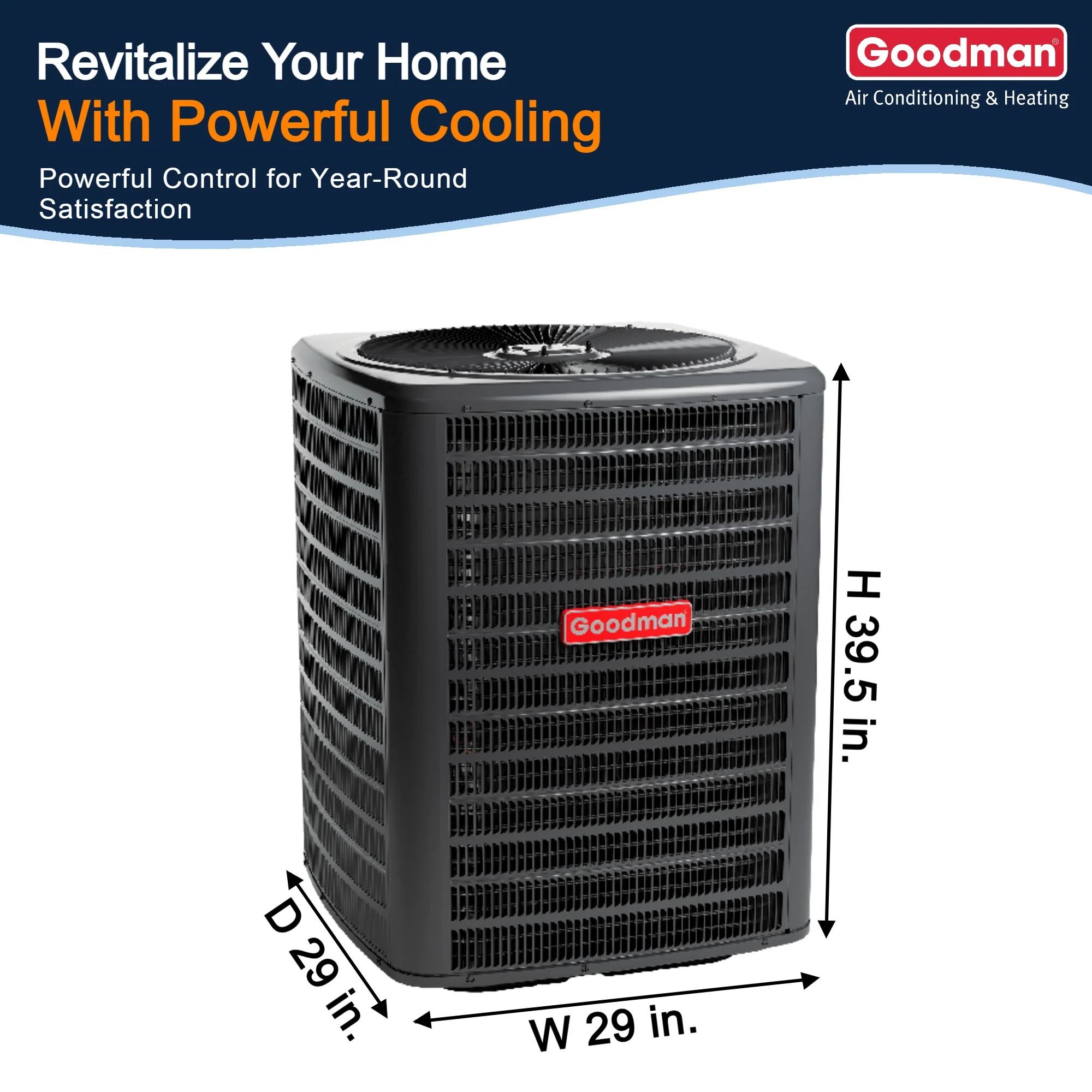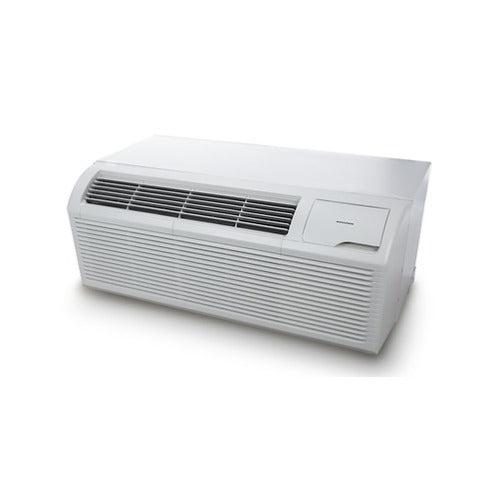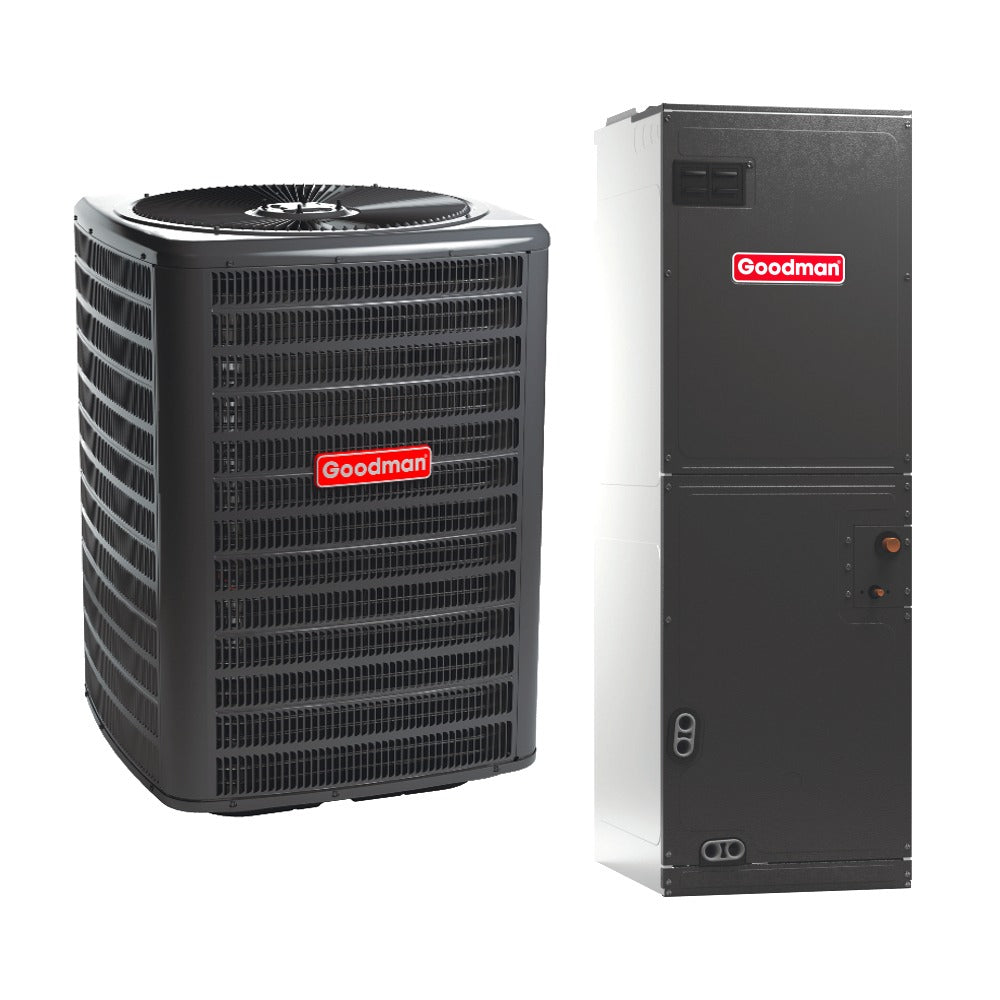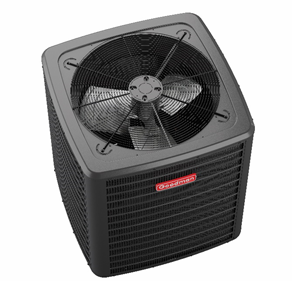1. Understanding R-32 Refrigerant: A Modern Solution
R-32 is a next-generation refrigerant gaining popularity in HVAC systems due to its lower Global Warming Potential (GWP) and high energy efficiency. Unlike its predecessor R-410A, R-32 has a GWP of 675, significantly reducing environmental impact. Its single-component nature simplifies recycling and servicing, making it a preferred choice for modern HVAC systems.HVAC Distribution
Key Benefits:
-
Lower Environmental Impact: R-32's GWP is approximately one-third that of R-410A.
-
High Efficiency: Offers superior heat transfer properties, enhancing system performance.
-
Ease of Handling: Being a single-component refrigerant, it is easier to recycle and recharge.
2. Energy Efficiency and SEER2 Ratings
The Seasonal Energy Efficiency Ratio 2 (SEER2) is a metric that measures the cooling efficiency of air conditioners and heat pumps. Higher SEER2 ratings indicate better energy efficiency, leading to reduced utility bills and environmental benefits.
Why SEER2 Matters:
-
Cost Savings: Higher SEER2-rated systems consume less electricity.
-
Environmental Impact: Efficient systems reduce greenhouse gas emissions.
-
Regulatory Compliance: Meeting or exceeding SEER2 standards ensures adherence to energy regulations.
Example Product: Goodman 3.5 Ton 15.2 SEER2 96% AFUE 80,000 BTU Gas Furnace and R32 Air Conditioner SystemHVAC Direct
3. Safety Considerations with R-32 Refrigerant
While R-32 offers numerous benefits, it is classified as an A2L refrigerant, indicating mild flammability. Proper safety measures are essential during installation and maintenance.The Furnace Outlet+1ASHRAE+1
Safety Guidelines:
-
Ventilation: Ensure adequate ventilation in areas where R-32 is used.
-
Leak Detection: Implement reliable leak detection systems.The Furnace Outlet
-
Training: Technicians should be trained in handling A2L refrigerants.
Authoritative Sources:
-
ASHRAE – The Safety of A2L Refrigerants in Direct Gas-Fired HVAC EquipmentASHRAE
-
The Furnace Outlet – Safety Guidelines for R-32 AC and Gas Furnace SystemsThe Furnace Outlet
4. Product Spotlight: Goodman 3.5 Ton R-32 Systems
Goodman offers a range of 3.5-ton R-32 AC and gas furnace systems known for their reliability and efficiency. These systems are suitable for medium to large homes and come with various features to enhance comfort and performance.HVAC Direct+3Central Air Systems+3Central Air Systems+3
Notable Features:
-
Two-Stage Operation: Provides consistent indoor temperatures and energy savings.
-
High AFUE Ratings: Up to 96% AFUE, indicating high fuel efficiency.HVAC Direct+1Central Air Systems+1
-
SEER2 Ratings: Systems with SEER2 ratings up to 15.2 for superior cooling efficiency.
5. Environmental Impact and Regulatory Compliance
Transitioning to R-32 refrigerant aligns with global efforts to reduce greenhouse gas emissions. Regulatory bodies like the EPA and ASHRAE provide guidelines to ensure safe and environmentally friendly HVAC practices.
Key Points:
-
EPA Regulations: The EPA oversees the use of refrigerants under the Clean Air Act, promoting alternatives with lower environmental impact.
-
ASHRAE Standards: ASHRAE develops safety standards for refrigerants, including classification and handling procedures.
Authoritative Sources:
6. Installation and Maintenance Best Practices
Proper installation and regular maintenance are crucial for the optimal performance of R-32 AC and gas furnace systems. Because R-32 refrigerant is slightly flammable (classified as A2L by ASHRAE), and operates at higher pressures than older refrigerants like R-22, it’s essential that professionals follow manufacturer guidelines, EPA regulations, and ASHRAE standards during setup and service.
Installation Best Practices
a. Hire Certified HVAC Professionals:
Only licensed HVAC technicians with specific training in handling R-32 refrigerant should install these systems. Because of R-32's unique properties, a knowledgeable installer will ensure all components — from copper line sizing to electrical connections — are correctly configured for safety and performance.
b. System Sizing Based on BTU Needs:
Before installation, technicians should perform a Manual J Load Calculation to determine the proper system size in BTUs. A 5-ton system typically outputs 60,000 BTUs, but the actual demand can vary depending on insulation, square footage, sun exposure, and local climate. Oversizing or undersizing can affect both SEER2 ratings and energy efficiency.
c. Leak Prevention Measures:
Since R-32 systems operate at high pressure, secure fittings, proper torque, and leak-resistant brazing are vital. Systems must be checked for leaks using proper detection methods before being charged.
d. Ventilation and Safety Clearances:
R-32 refrigerant, although low in flammability, still requires adequate ventilation and adherence to local fire safety codes. Installers should observe safe spacing around units, proper airflow design, and ensure that the furnace has appropriate venting for combustion gases.
Maintenance Best Practices
a. Annual Check-Ups:
Routine inspections should include refrigerant charge levels, combustion efficiency of the gas furnace, filter replacement, blower motor function, and control board diagnostics. Maintaining the correct refrigerant charge ensures the system meets its SEER2 efficiency rating.
b. Cleaning Coils and Filters:
Dirty condenser coils and evaporator coils can significantly reduce a system’s energy efficiency. Filters should be cleaned or replaced every 1–3 months, depending on usage and air quality.
c. Monitoring BTU Output:
Techs can use diagnostic tools to check whether the unit is producing its rated BTU output. Any major drop may indicate problems such as refrigerant leaks, clogged coils, or blower malfunctions.
d. Safety Protocols with R-32:
Because R-32 is mildly flammable, EPA regulations require leak detection systems in some commercial settings. Technicians should never smoke or use open flames around units and must follow EPA Section 608 handling procedures.






